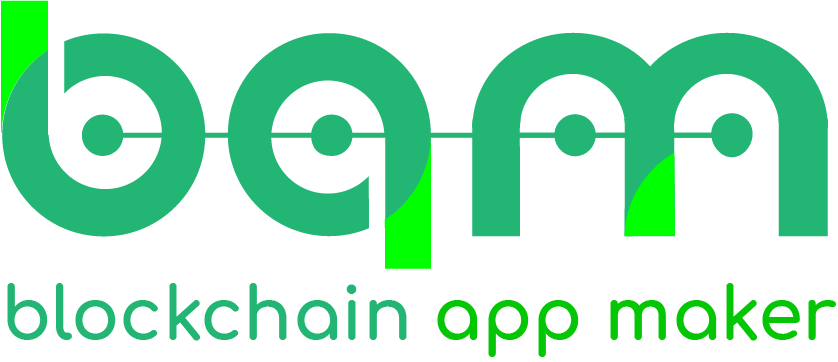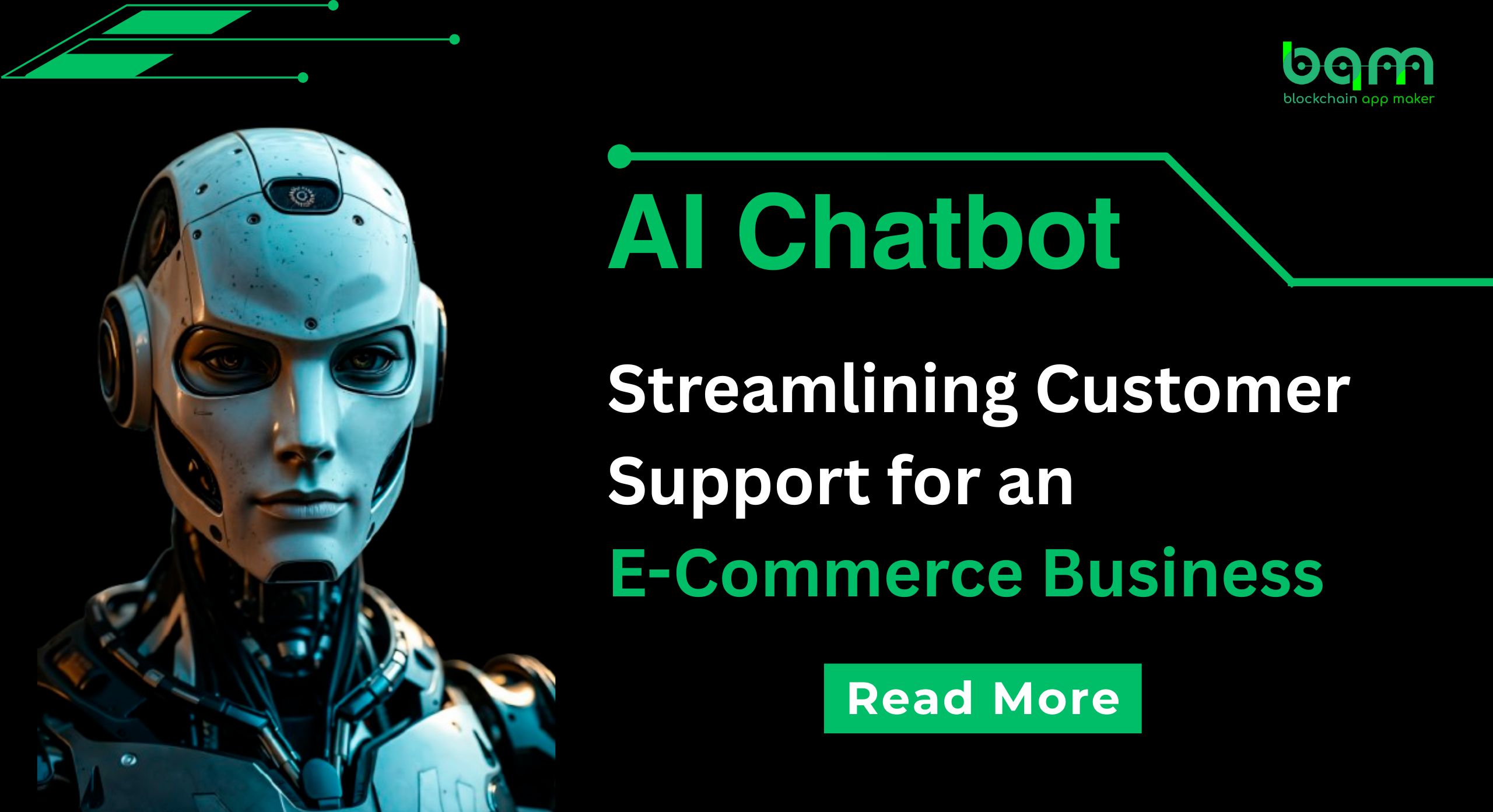Introduction
The world of E-Commerce is extremely competitive. Customer retention and satisfaction in this aggressive market depend on immediate and efficient customer service. This case study shows how the implementation of an AI Chatbot transformed a top e-commerce company’s customer care system, enhancing user experience, speeding up response times, and boosting overall operational efficiency.
Overview of the Client
Client: One of the largest e-commerce retailers having over 5 million visitors/month and 200,000 customer inquiries/day.
Challenge:
- Slow responsiveness in seasons of high sales.
- Operation cost is high because of the huge customer support.
- It is not easy to handle frequently made requests like order tracking and requests of returning the products.
Objective of the Client
- Offer clients immediate help on round-the-clock basis.
- Automate the response to common questions enabling the human agents to work on more complex issues.
- Reduce the resolution time to enhance customers satisfaction.
- Minimize operations costs without compromise on quality of service.
Solution
Developed a Chatbot custom-made for the client, built using AI.
Key Features
- Query Resolution in Real Time
- It provided on-time answers to frequently asked questions, including order tracking information, shipping information, and returns.
- It was directly hooked to the client’s order management system so that it was getting the real-time information.
- Advanced Natural Language Processing
- Allowed the chatbot to understand the intent of the user and deliver accurate answers.
- The chatbot had addressed multi-language queries in dealing with the client’s global customer base.
- Escalation to Human Agents
- It transferred complex queries into human agents, allowing it to resolve issues quicker because it came with a complete chat history.
- Personalized Recommendations
- The browse and purchase history was taken into consideration to make recommendations for products.
- To upsell and retain customers, personalized discount coupons and offers were given.
- Feedback Collection
- Feedback through post-chat conversations was collected so that the functionality of the chatbot could be improved gradually.
- Channel Integration
- To give a seamless client experience, the chatbot was implemented on the client’s social media accounts, mobile app, and website.
Implementation Process
- Requirement Analysis
- Ran up workshops in order to understand what kind of questions and problems the customers had regarding the support process up until then.
- Chatbot Development
- Created a conversational AI with the recent NLP algorithms.
- Chatbot is also connected directly to the CRM and order management systems of the client.
- Testing and Training
- The chatbot relies on the training on historical data of customer support, thus, it is precise when answering questions.
- Beta test has been carried out at the promotional sale. This will guarantee the high traffic performance.
- Deployment
- Implemented the chat bot in all the platforms such that customers can be reached at any time of the day.
- Support team training on ways of successful escalations.
Results Obtained
- Response Time Decrease:
- Average response time decreased from 5 minutes to less than 5 seconds even when it was busy.
- More Customer Satisfaction:
- Customer service ratings improved by 30%, because queries were resolved faster, and more accurately.
- Working Efficiency:
- 70% of queries were automated so that real-time agents could be utilized for complicated issues only.
- Cost Effectiveness:
- Customer support cost was diminished by 40% using the tool since the requirements of human agents were considerably reduced.
- Revenue Generation:
- Personalized product recommendations led to a 15% increase in upselling and cross-selling revenue.
Key Challenges and Solutions
- Problem: Initially, the customers were not willing to interact with the chatbot.
Solution: Clearly explained the capabilities of the chatbot and designed an intuitive user interface.
- Problem: Handling multilingual queries.
Solution: Added multilingual NLP models to support more than 15 languages.
- Problem: The accuracy of the chatbot was not maintained.
Solution: Provided fresh client encounters and feedback to train the chatbot constantly.
Conclusion
AI Chatbot is a powerful tool in the E-Commerce sector for enhancing customer service system. Businesses can increase customer satisfaction, maximize operational efficiency and save more money by automating repeated inquiries and providing individualized support.




